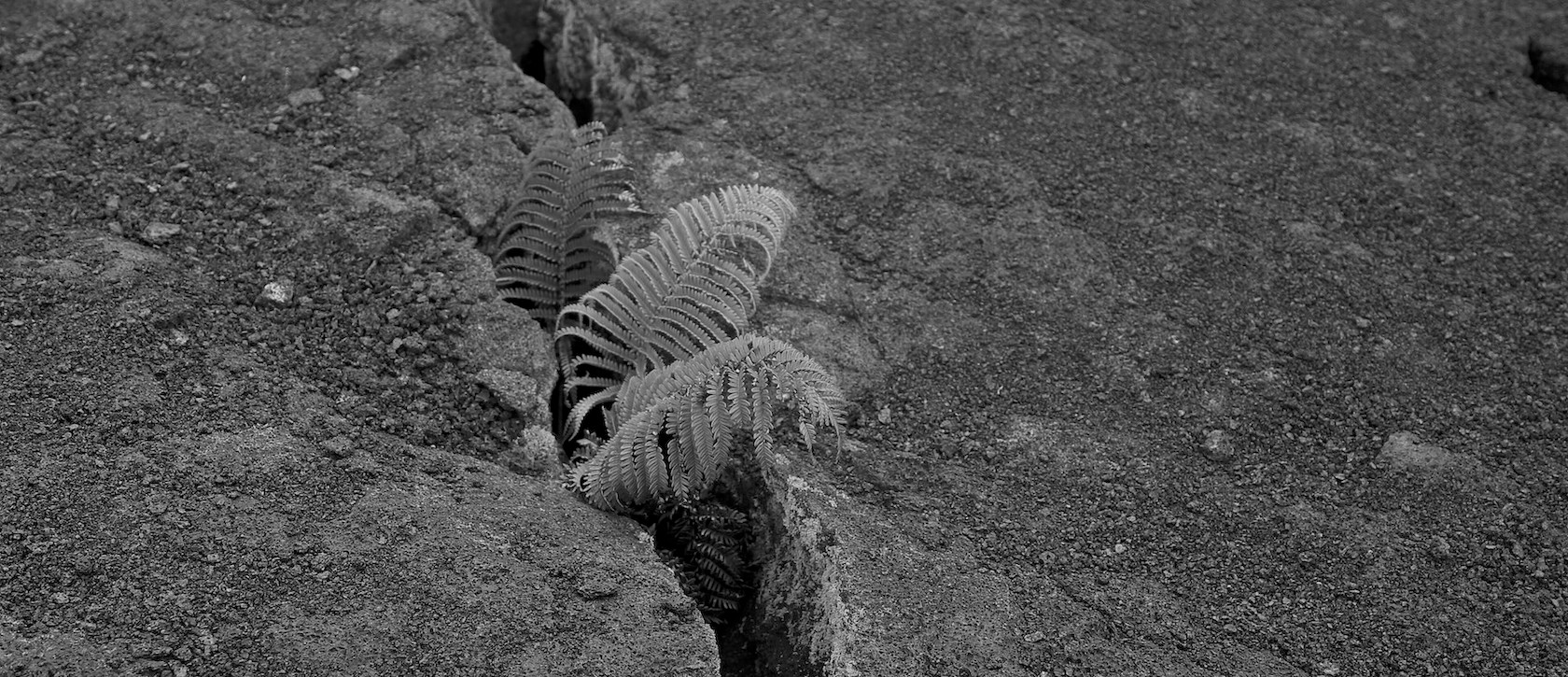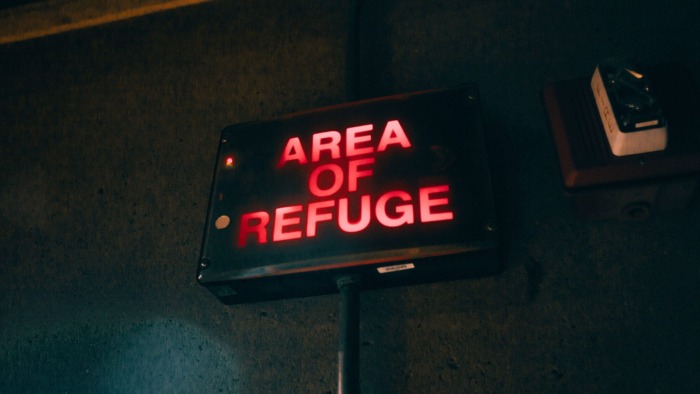
Explora Articles The resilience of organisations: a complex construct
March 3, 2022 9 min
The resilience of organisations: a complex construct
Organisational leaders should avoid simplistic definitions and narrow perspectives on organisational resilience because they can hide traps where they can easily fall.


Resilience has become a catchy word, but when we look at what resilience means when used about an organisation, company, or other types of institutions, we will find that different actors use it with different meanings.
Purists of the Spanish language will find that the dictionary of the Royal Spanish Academy includes two definitions of resilience:
1. f. The adaptability of a living being in the face of a disturbing agent or an adverse state or situation.
2. f. Capacity of one material, mechanism, or system to recover its initial state when the disturbance it had suffered has ceased.
Since organisations are systems, we could understand the resilience of an organisation as its ability to recover its initial state when the disturbance it had suffered has disappeared.
However, this definition poses a problem when applied to a complex system such as an organisation.
When we talk about the resilience of materials, mechanisms, or simple systems, the definition from the dictionary fits perfectly. For example, in materials physics, resilience is understood as the ability of a material to absorb energy when it undergoes elastic deformation when a load is applied and to release that energy when it stops supporting that load. Thus, the maximum resilience of one material is the energy the material can absorb before reaching its elastic limit. That is the point at which the load causes the permanent deformation of the material.
But what about complex systems and thus organisations?
The problem has to do with that part about recovering their initial state.
It is difficult to know whether a complex system is in the same state as before it suffered the effects of a commotion in its environment. As we have already pointed out on several occasions, complex systems show emergent and non-linear behaviours, where cause-effect relationships are not evident. Let us also remember Lorenz’s ‘butterfly effect’ according to which imperceptible differences in the initial conditions of two practically identical complex systems can cause the futures of those two systems to be very different. So, the same may happen when we compare an organisation before and after having suffered a disturbance. Although it seems that the organisation has returned to the starting point, it may not be so.
Moreover, once the disturbance has ceased, likely, the organisation will not be 100% the same as it was before. When experiencing a commotion, organisations capture information that becomes part of their history. And we already know to what extent the past of complex systems conditions their present and future behaviours in a phenomenon known as hysteresis.
That is why organisational leaders should avoid simplistic definitions or narrow perspectives on organisational resilience because they can hide traps where they can easily fall.
In this sense, I find it remarkable how Stephanie Duchek, professor at the University of Dresden, defines the organisational resilience construct in her article Organizational resilience: a capability-based conceptualisation (2020).
Duchek views organisational resilience as a combination of organisational capabilities and routines. She bases her construct on previous findings by authors who consider the dynamic character of resilience and understand it as a process in which different stages are distinguished. She also builds on the contributions of other authors who have studied the capacities on which the inner workings of resilience depend.
The author differentiates three types of components (or layers) of the resilience of organisations:
a) a succession of actions that make up a process through which the organisation anticipates, responds, and adapts to changes;
b) some capacities that organisations need to cultivate so each of the stages of that process works successfully;
c) some contextual factors that modulate those capacities.
In the first place, according to Duchek a resilient organisation responds effectively to adverse events not only after they have happened (reactive action) but also before they occur (anticipatory action) and while they are happening (concurrent action). From this broad perspective, the author understands resilience as a process through which an organisation anticipates potential threats, effectively copes with adverse events, and adapts to changing conditions.
Second, underlying the resilience process are several capabilities that organisations need for each of the three stages of that process (anticipating, coping, and adapting) to function successfully. From this perspective, Duchek conceptualises the resilience of organisations as a meta-capability consisting of a set of organisational capabilities/routines that allow for the successful functioning of the three stages of the process.
For instance, anticipation requires the organisation to possess the capacity to observe internal and external events, identify critical events and potential threats, and, to the extent possible, prepare for unexpected occurrences. Regarding the second stage of the process, intentional coping with critical situations, organisations need to accept the problems they face and decide on and execute effective solutions. Finally, for the third of the stages of the resilience process —adaptation once these critical situations have passed— organisations need reflection and learning, as well as capacities for change.
Finally, at the bottom of the model, we will find that those capabilities that underlie the three stages of the resilience process depend, in turn, on several contextual factors. Among those factors, the knowledge base, the resources of the organisation, the social resources of the people who form it, and the criteria with which power and responsibilities are assigned stand out.
Regarding how these contextual factors modulate the organisational capabilities that make up the resilience of organisations, Duchek argues that the knowledge and resources available to the organisation facilitate the anticipation of critical events, coping, and adaptation; the social resources of the members of the organisation favor its ability to cope; and a distribution of power based on the knowledge and experience of people, together with shared responsibilities, facilitate the adaptation of the organisation.
Duchek concludes that, because the three stages of the resilience process are highly dependent on one another and partially overlap, organisations will not improve their resilience if they only focus on one step of the process or just on some of those underlying capabilities. Instead, organisational leaders need to work in parallel on the three stages of the resilience process, on those underlying capabilities, and on the contextual factors on which the development of those capabilities depends.
Did you like it?
Future for Work Institute operates on an annual subscription model that includes access to our calendar activities and knowledge repository resources, as well as in-company services.
Plan
Curiosity
Recommended for HR teams of between 5 and 20 people.
Plan
Pioneer
Recommended for HR teams of between 15 and 100 people.
Plan
Exploration
Recommended for HR teams of more than 100 people.
Plan
Horizons
For more complex organizations.
Already Registered? Log in here







